How To Replace A Kitchen Worktop
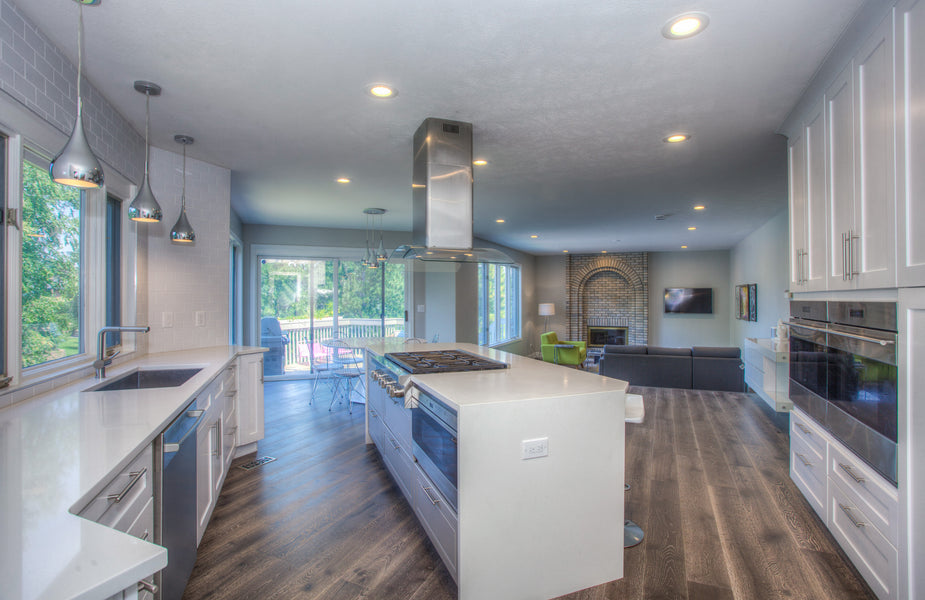
Welcome to the world of kitchen renovation. Kitchen worktops, also known as countertops or benchtops, are horizontal surfaces that provide a functional workspace in the kitchen. They are typically installed above base cabinets, creating a sturdy and versatile area for meal preparation, cooking, and other kitchen activities. Worktops come in various materials, such as granite, quartz, laminate, wood, or stainless steel, each offering unique benefits in terms of aesthetics, durability, and maintenance. From sleek and modern designs to rustic and traditional styles.
The kitchen countertop is undeniably the centerpiece of any culinary haven. It’s where meals are prepared, memories are made, and conversations flow freely. Kitchen worktops play a crucial role in defining the overall look and functionality of a kitchen. However, over time, this vital part of your kitchen can become worn, stained, or simply outdated, making it unconducive for proper usage. That’s when it’s time to roll up your sleeves and take on the task of replacing it. If you’ve been dreaming of transforming your kitchen into a stylish and functional space, replacing your old kitchen worktop is a fantastic place to start.
Request Quote
Whether you’re looking to upgrade your countertop for aesthetic reasons or you’re in desperate need of a more durable and practical surface, Replacing a kitchen worktop is an easy and economical way to update the look of your kitchen. From budget laminate to luxurious granite, there are always plenty of materials to choose from.
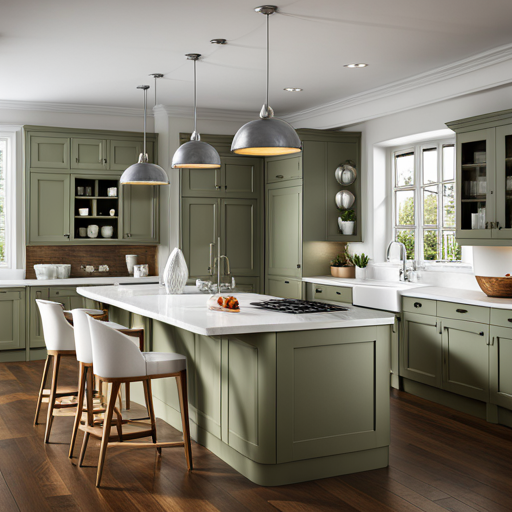
Types of Kitchen Worktops
Kitchen worktops come in a variety of materials, each with its own unique characteristics and appeal. Here is an overview of the different options available:
Granite
Known for their natural beauty and durability, granite worktops are resistant to heat, scratches, and stains. They offer timeless elegance and come in a range of colors and patterns.
Quartz
Engineered quartz worktops are composed of quartz crystals and resin, resulting in a non-porous and highly durable surface. They are available in a wide array of colors, require minimal maintenance, and are resistant to scratches and stains.
Laminate
Affordable and versatile, laminate worktops offer a vast selection of colors, patterns, and finishes. They are easy to clean, resistant to stains, and a popular choice for budget-conscious homeowners.
Wood
Wooden worktops bring warmth and character to the kitchen. They require regular maintenance, such as oiling, to keep them in good condition. Wood offers a natural and inviting feel, but it is susceptible to scratches and heat damage.
Stainless Steel
Sleek and contemporary, stainless steel worktops are highly durable, resistant to heat and stains, and easy to clean. They are favored in professional kitchens for their hygienic properties and industrial aesthetic.
Marble
Marble worktops exude luxury and elegance with their distinctive veining and polished finish. While they create a stunning focal point, marble is a softer stone and can be prone to scratches and staining.
These are just a few examples of the many options available for kitchen worktops. Choosing the right material depends on your preferences, budget, and desired level of maintenance, ensuring your worktop complements your kitchen design while meeting your functional needs.
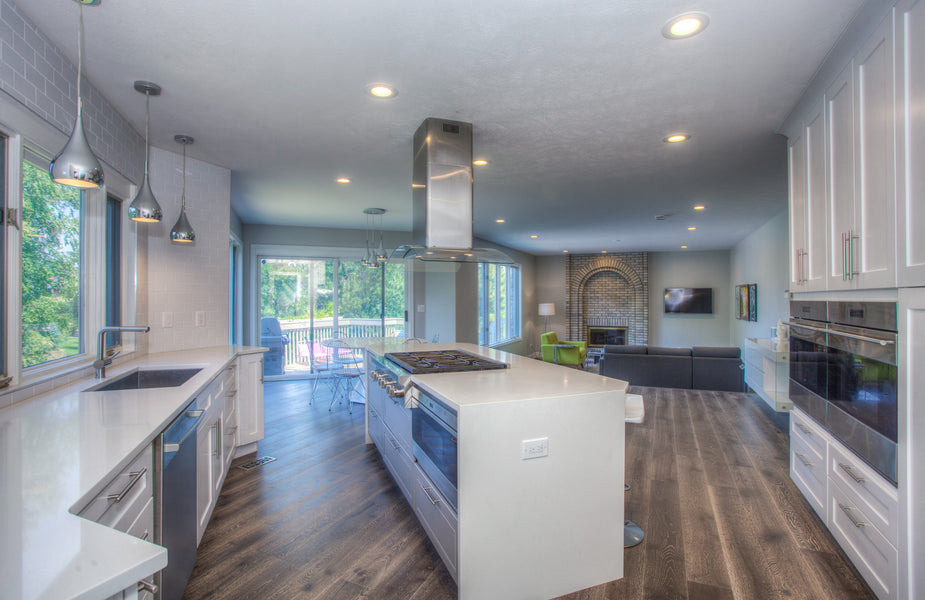
Materials needed for replacing kitchen worktops
Replacing your kitchen worktop is an exciting project that can breathe new life into your culinary space. To ensure a successful and smooth installation, it’s essential to gather all the necessary materials beforehand. Some of these materials are:
Worktop Material
The first and most crucial material you’ll need is the new worktop itself. Whether you choose granite, quartz, laminate, wood, or any other material, make sure to measure your existing worktop accurately and order the appropriate size and thickness.
Consider factors such as durability, maintenance requirements, and aesthetic appeal when selecting the right worktop material for your kitchen.
Protective Gear
Before diving into the project, ensure your safety by acquiring the necessary protective gear. This includes safety goggles to protect your eyes from debris, work gloves to safeguard your hands, and a dust mask to prevent inhaling any dust or particles generated during the installation process.
Measuring Tools
Accurate measurements are crucial when replacing a kitchen worktop. Invest in a reliable tape measure to measure the dimensions of your existing worktop and determine the precise size required for the new one. A spirit level will also come in handy for checking the levelness of the cabinets and worktop.
Cutting Tools
To trim the worktop to the required size or make adjustments for sinks and appliances, you’ll need a set of cutting tools. For laminate or wood worktops, a circular saw or jigsaw with a fine-toothed blade will suffice. However, if you’re working with more durable materials like granite or quartz, consider hiring a professional who has the specialized tools and expertise to handle these materials.
Fasteners
To secure the new worktop in place, you’ll need an assortment of fasteners. These can include screws, brackets, and corner braces. Ensure that the fasteners are appropriate for the material of your worktop and capable of supporting its weight.
Adhesives and Sealants
Depending on the type of worktop material you choose, you may need specific adhesives and sealants. For laminate worktops, contact adhesive or solvent-based glue is typically used to bond the laminate sheets to the substrate. For solid surface materials like granite or quartz, a high-quality adhesive formulated for stone surfaces will be necessary. Additionally, consider acquiring a suitable sealant to protect the worktop from moisture and stains.
Support Brackets
Support brackets are essential for providing additional stability and weight distribution, particularly for longer or overhanging worktop sections. Choose sturdy and appropriately sized brackets that can withstand the weight of the worktop and any objects placed on it. Install them strategically along the underside of the worktop to ensure adequate support.
Sink and Tap Fittings
If you’re replacing the entire worktop, you may need new sink and tap fittings. These include a sink, waste kit, and tap that fit seamlessly into the worktop. Ensure that the measurements of the sink and tap holes in the worktop align with the dimensions of the new fixtures you plan to install.
Surface Finishes
To give your worktop a polished and finished look, consider acquiring surface finishes such as edge trims or edging strips. These can be applied to the exposed edges of the worktop, providing protection against moisture and a neat appearance.
Cleaning and Maintenance Products
Lastly, don’t forget to include cleaning and maintenance products specifically designed for your chosen worktop material. Each material has its own care requirements, and using appropriate cleaning agents and techniques will help preserve the beauty and longevity of your new worktop.
Finally, replacing your kitchen worktop can transform the look and functionality of your culinary space. By gathering the essential materials mentioned above, you’ll be well prepared to tackle the project with confidence. Remember to prioritize safety, measure accurately, and select materials that suit your style and practical needs. With the right tools and materials at hand, you’ll soon enjoy a beautiful, functional, and durable new worktop that enhances your kitchen’s overall appeal.
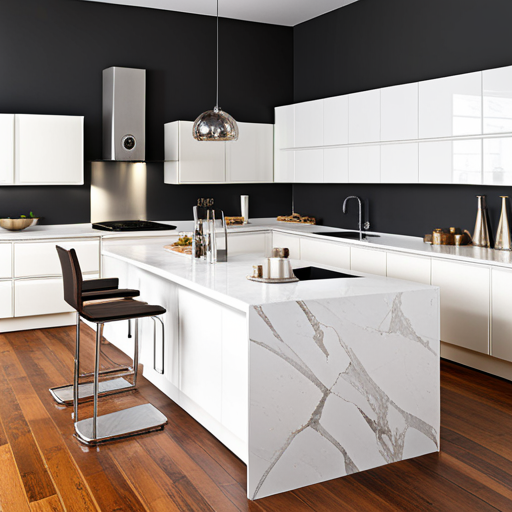
How To Replace A Kitchen Worktop
Creating a new or replacing your kitchen worktop can be a rewarding and transformative project that rejuvenates your culinary space. While it may seem like a daunting task, with proper planning and a systematic approach, you can successfully replace your kitchen worktop. Here is a step-by-step process that will equip you with the knowledge and confidence to tackle this project and achieve stunning results.
Preparation
Before diving into the replacement process, make sure you have all the necessary materials and tools at hand. Measure the dimensions of your existing worktop accurately, ensuring the new worktop matches the specifications. Clear the area, removing any objects from the cabinets and countertops, to provide a clean and accessible workspace.
Removal of the Existing Worktop
Begin by disconnecting and removing any appliances, such as the sink, cooktop, or built-in oven, that are mounted to the existing worktop. Turn off the power and water supply as necessary. Next, detach the fasteners securing the worktop to the base cabinets using a screwdriver or power drill. Carefully lift and remove the old worktop, taking care to avoid damaging the surrounding surfaces.
Preparing the Base Cabinets
Inspect the base cabinets for any damage or issues that need to be addressed before installing the new worktop. Repair or replace any damaged areas to ensure a solid foundation. Clean the cabinets thoroughly, removing any debris or adhesive remnants left from the previous worktop.
Cutting the New Worktop
If necessary, trim the new worktop to the correct size and shape. Use a tape measure to mark the precise measurements, ensuring accuracy. For laminate or wood worktops, use a circular saw or jigsaw with a fine-toothed blade to make the necessary cuts. Alternatively, hire a professional with specialized tools for harder materials like granite or quartz.
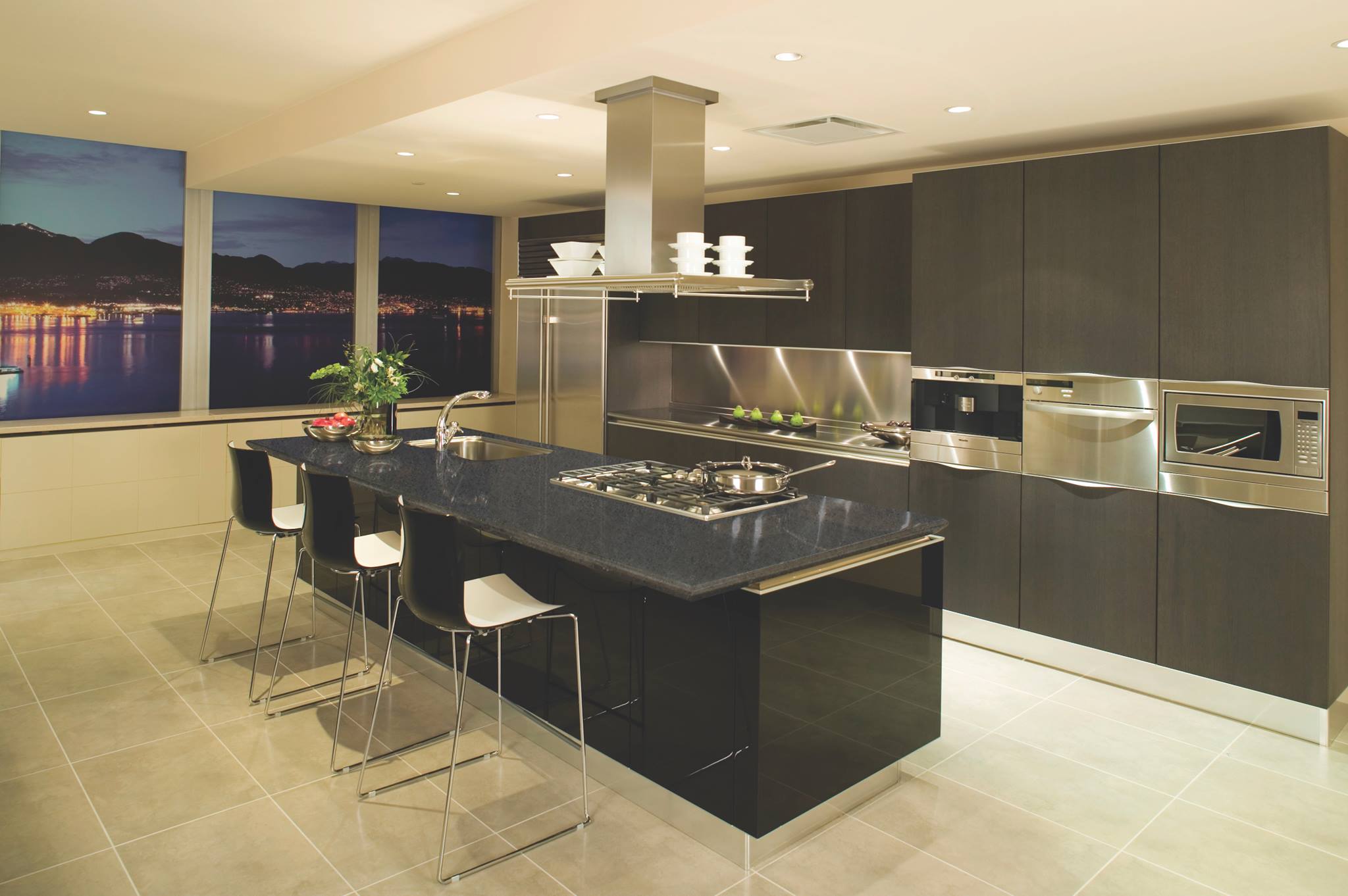
Fitting the Worktop
Position the new worktop onto the base cabinets, ensuring a proper fit and alignment. Check the levelness using a spirit level and make any adjustments as needed. Attach the worktop to the base cabinets using appropriate fasteners such as screws, brackets, or corner braces. Secure them strategically to provide stability and even weight distribution.
Installing the Sink and Tap
If you are replacing the sink and tap along with the worktop, carefully follow the manufacturer’s instructions for installation. Position the sink into the designated cutout in the worktop, ensuring a snug fit. Connect the waste kit and plumbing, ensuring a watertight seal. Install the tap according to the manufacturer’s guidelines, connecting the necessary water supply lines.
Sealing and Finishing
To protect the worktop and ensure longevity, apply an appropriate sealant around the edges and seams. Follow the manufacturer’s instructions for the specific sealant you are using, ensuring a thorough and even application. Additionally, consider adding edge trims or edging strips to provide a finished look and protect the exposed edges of the worktop.
Reconnecting Appliances
Once the worktop is securely in place, reconnect any appliances that were previously removed, such as the sink, cooktop, or built-in oven. Ensure all connections are secure and functioning correctly. Test the appliances to verify their proper operation and address any issues that may arise.
Cleaning and Final Touches
Give your new worktop a thorough cleaning, removing any dust or debris from the installation process. Use appropriate cleaning agents and techniques specific to your chosen worktop material to maintain its beauty and longevity. Add any final touches, such as decorative accessories or organizers, to personalize and enhance the functionality of your kitchen.
At first, replacing a kitchen worktop may seem like a complex task, but by following these step-by-step instructions, you can successfully complete the project with confidence. With proper preparation, precise measurements, and attention to detail, you’ll achieve a beautifully transformed kitchen that reflects your style and enhances your culinary experience.
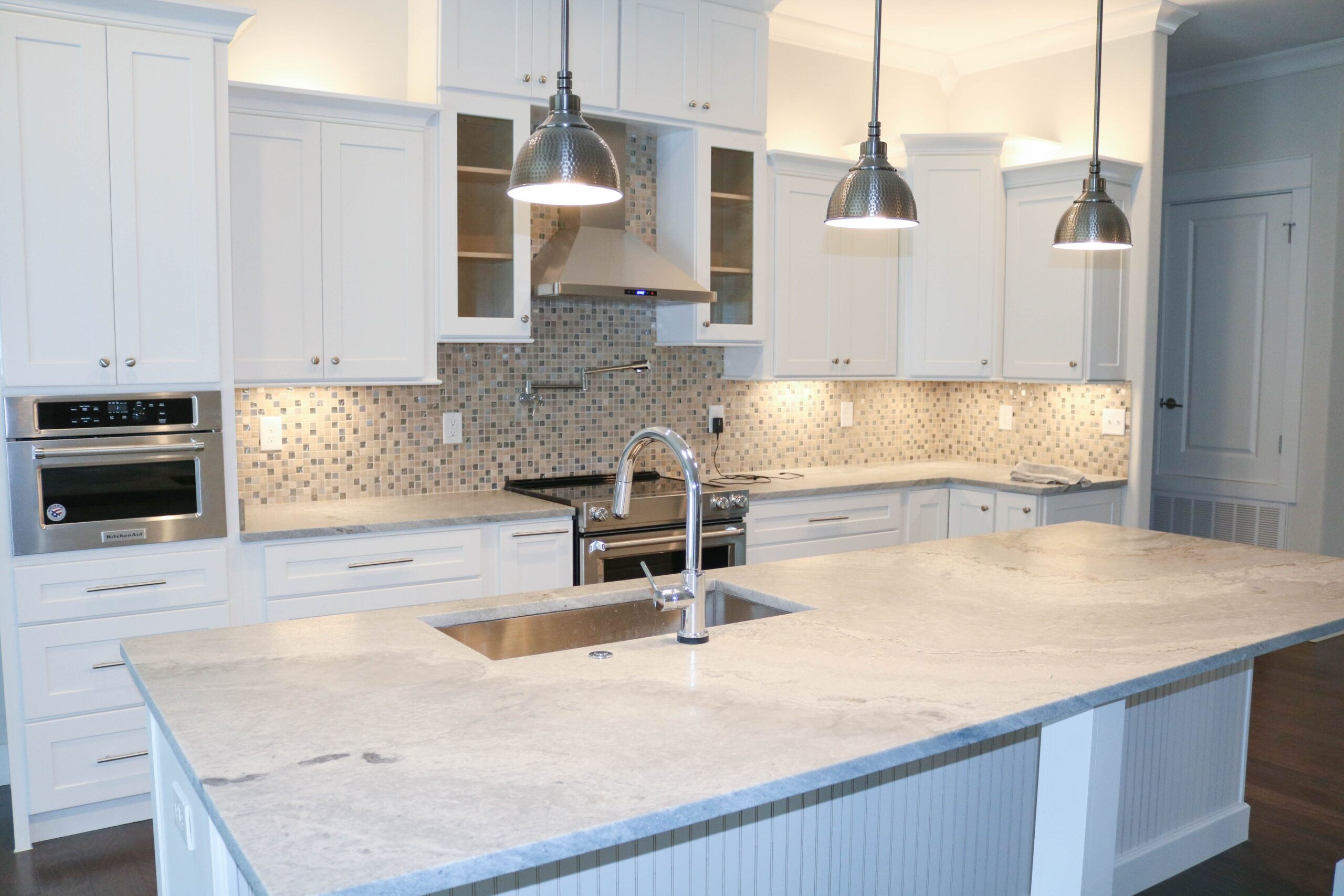
Advantages Of Replacing a Kitchen Worktop
Your kitchen worktop is not just a functional surface; it’s the centerpiece of your culinary haven. Over time, wear and tear can take a toll on its appearance and functionality. If you’re contemplating a kitchen makeover, replacing your worktop should be high on your list. Let’s delve into the advantages of replacing kitchen worktops and discover how this transformation can elevate your cooking experience.
Enhanced Aesthetics
One of the most apparent advantages of replacing kitchen worktops is the opportunity to upgrade the aesthetics of your kitchen.
Whether you prefer a sleek, modern look or a warm, rustic feel, choosing a new worktop allows you to set the tone for your kitchen’s overall design. With a wide range of materials, colors, and patterns available, you can find the perfect worktop to complement your personal style and create a visual impact that delights the senses.
Increased Functionality
Replacing your worktop opens up exciting possibilities for increased functionality. Consider your cooking habits and lifestyle to determine the features you desire. Maybe you want a larger work surface to accommodate multiple cooks or an integrated chopping board for convenient meal prep. Upgrading your worktop can also involve incorporating built-in appliances, such as a sink or cooktop, to streamline your cooking process. By customizing your worktop to suit your specific needs, you’ll create a kitchen that works for you.
Improved Durability
If your current worktop is showing signs of wear and tear, replacing it with a more durable material is a wise choice. Materials like granite, quartz, or solid surface options offer superior durability and resistance to scratches, heat, stains, and impact. These robust worktops can withstand the demands of a busy kitchen, ensuring longevity and reducing the need for frequent repairs or replacements.
Easy Maintenance
Another advantage of replacing your kitchen worktop is the opportunity to choose a low-maintenance material. Laminate worktops, for example, are easy to clean and require minimal upkeep. Granite and quartz worktops are non-porous, making them highly resistant to stains and bacteria. With proper care and maintenance, your new worktop will retain its beauty and functionality, saving you time and effort in the long run.
Increased Property Value
Investing in a new kitchen worktop can have a positive impact on the value of your property. Upgraded and visually appealing kitchens are often a key selling point for potential buyers.
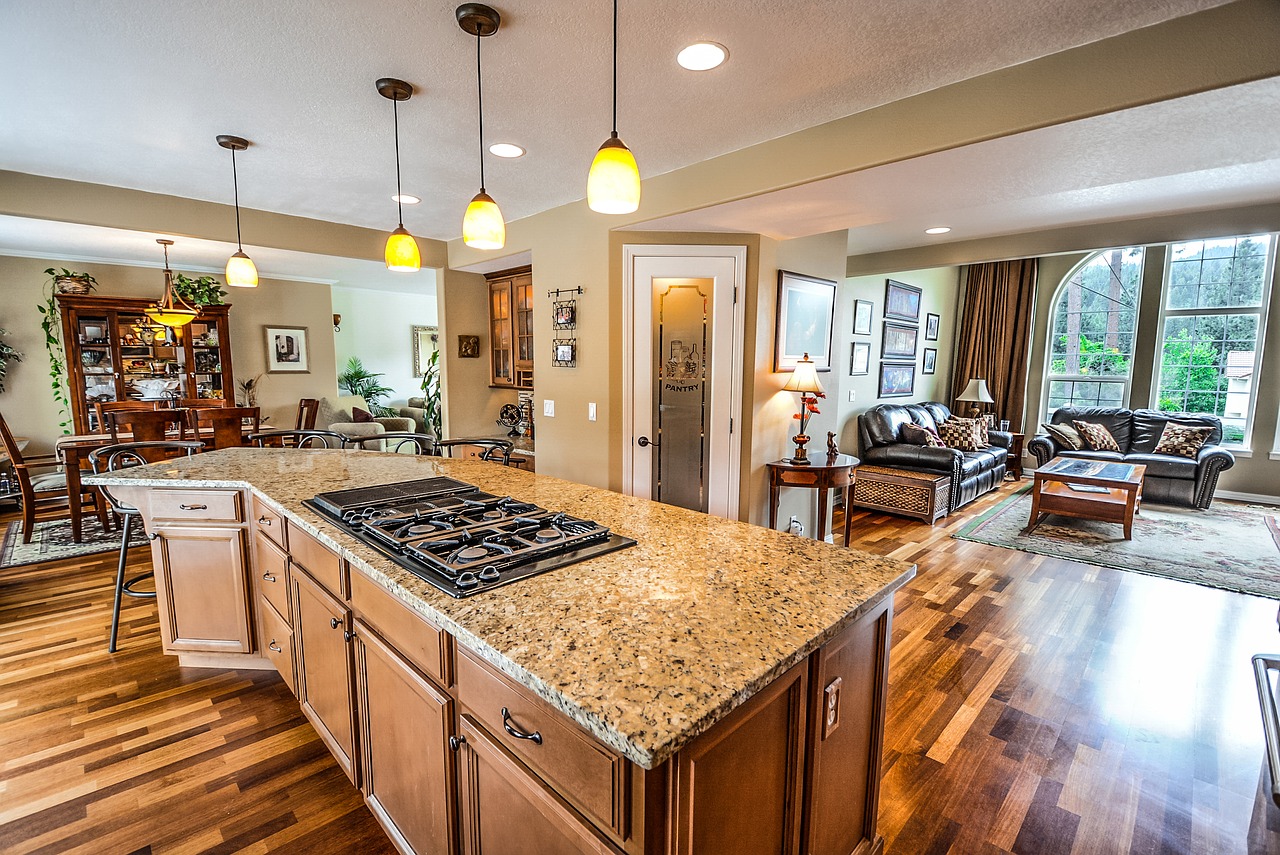
By replacing your worktop with a high-quality material, you can enhance the overall appeal of your kitchen and potentially increase the resale value of your home. A well-designed and functional kitchen is a worthwhile investment that pays dividends both in terms of daily enjoyment and future returns.
Eco-Friendly Options
In today’s environmentally conscious world, many worktop materials offer eco-friendly advantages. For example, some solid surface options are made from recycled materials, reducing waste and environmental impact. Additionally, choosing durable and long-lasting worktop materials helps reduce the need for frequent replacements, promoting sustainability.
Kitchen Worktop replacement offers a multitude of advantages, from elevating the visual appeal of your kitchen to improving functionality and durability. With a wide variety of materials and customization options available, you can create a worktop that reflects your style and meets your specific needs.
Embrace the opportunity to enhance your culinary haven and enjoy the benefits of a beautiful, functional, and enduring work surface. Whether you’re preparing gourmet meals or sharing cherished moments with loved ones, a new kitchen worktop will be the foundation of unforgettable experiences in your kitchen.
Frequently Asked Questions
1. What Are The Best Materials For Replacing A Kitchen Worktop?
Popular materials for replacing a kitchen worktop include laminates, granite, quartz, solid surface options, and stainless steel. Each material has its own advantages and aesthetic qualities to consider before selecting one. Consider factors such as durability, maintenance requirements, budget, and overall look before making a decision.
2. What Is The Average Cost Of Replacing A Kitchen Worktop?
The average cost of replacing a kitchen worktop depends on the material and size of your work surface. Generally, materials like laminates are the most affordable option, while granite and quartz tend to be more expensive. Costs may also vary depending on the complexity of the project and installation fees. It’s best to discuss your options with a professional contractor to get an accurate estimate of the cost.
3. How Long Does It Take To Replace A Kitchen Worktop?
The time it takes to replace your kitchen worktop will depend on the size of the surface and level of complexity. Generally, simple replacement projects can take a day or two, while more complex ones may require up to four days for completion. It’s best to consult with a professional contractor for an accurate estimate of the time and effort required.
Visit Us
Wakefield, United Kingdom
Message Us
hello@kitchenworktopswakefield.co.uk
Get an Online Quote
Get Started
